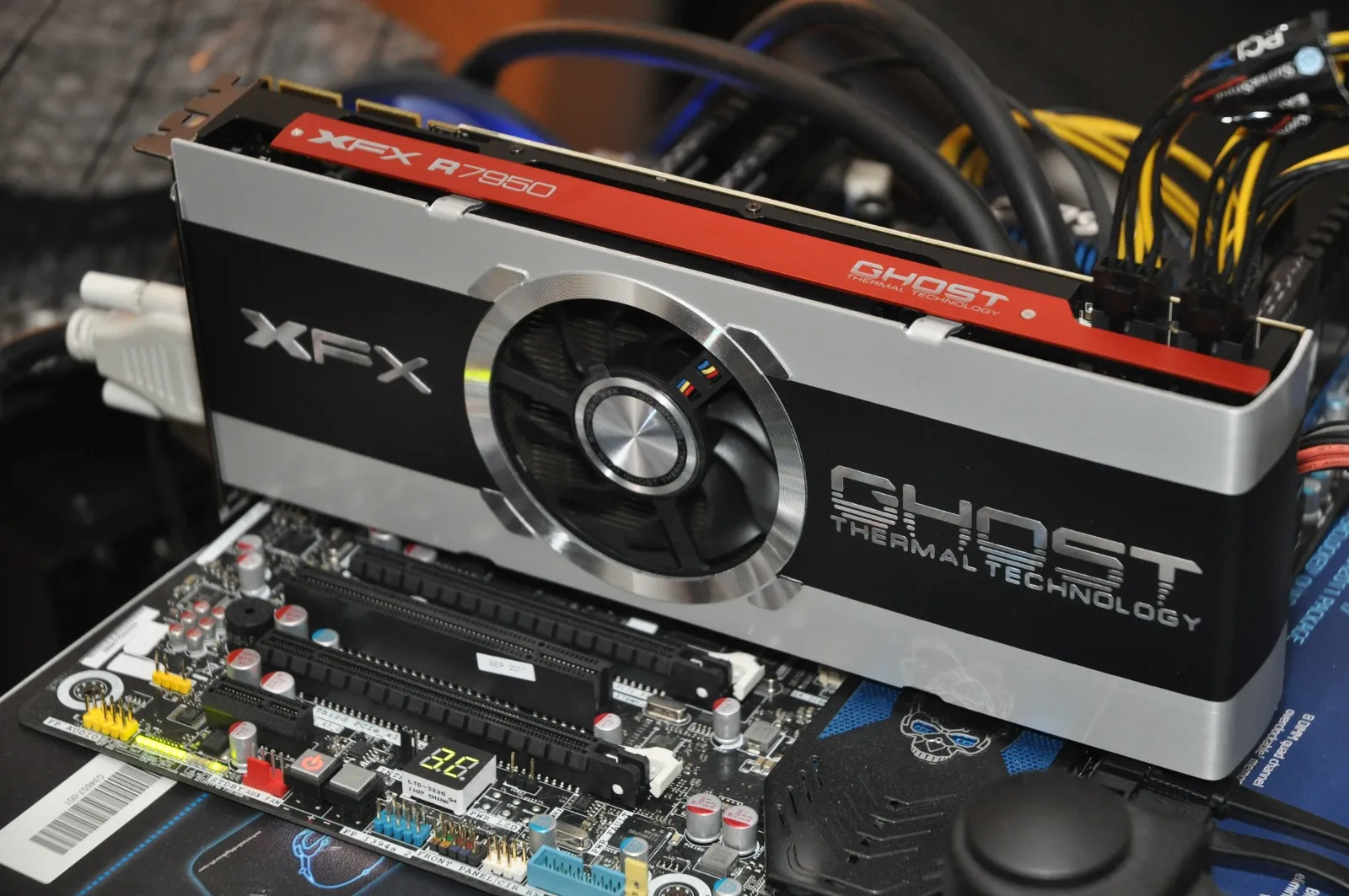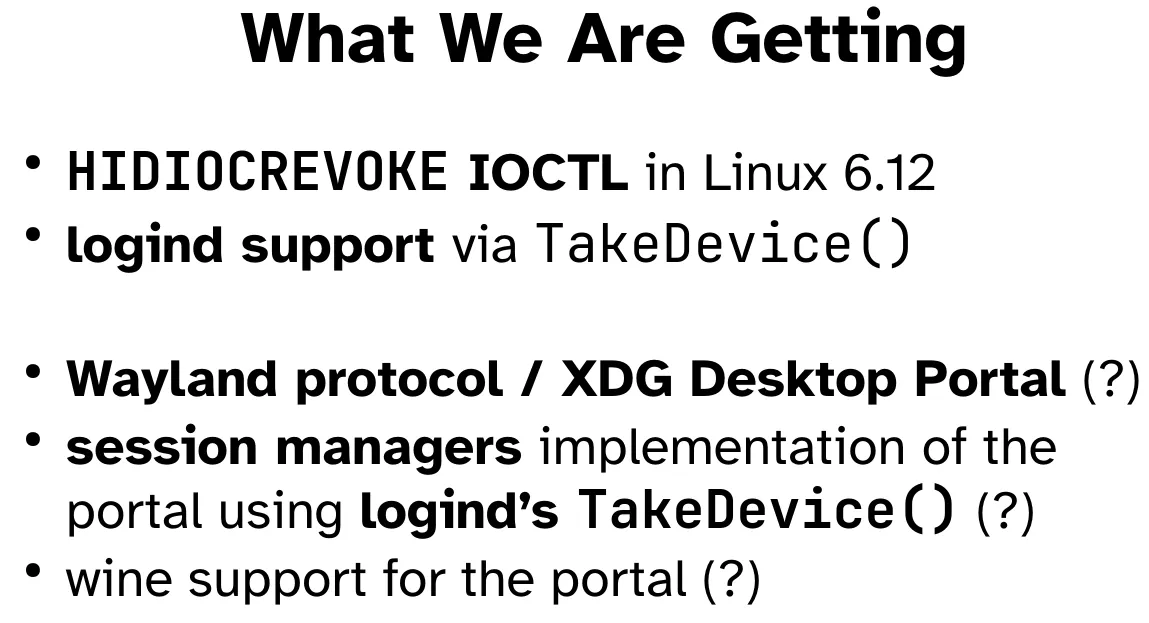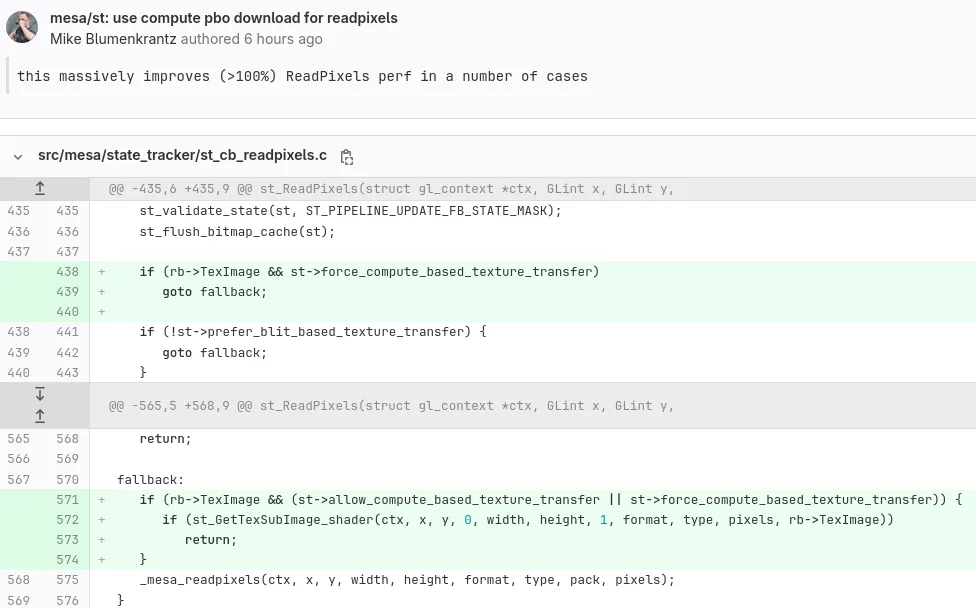- 48 Posts
- 149 Comments

 1·1 day ago
1·1 day agoI tested it with 6.11 and the performance was kind of bad but it could have been a one off. I’m generally happy with full preemption though.

 1·1 day ago
1·1 day agoThe issues are mainly under high CPU load. A RT kernel will continue to maintain low latency without xruns but a normal kernel may not. The compromise option is full preemption which generally does a good job but doesn’t have the issues with throughput that can occur with a RT kernel.
Although maybe you meant full when you indicated a preemptive kernel (voluntary preemption is still the default I believe but it’s kernel dependent).

 4·2 days ago
4·2 days agoHopefully it can actually preserve packages across updates which is incredibly annoying to have to handle manually.
EDIT: Just found about this attended sysupgrade package which should help until when/if the new package manager fixes the issue.
Morrowind. Although it’s more like play a few hundred hours every five years for me.
There was a certain irony in ranked choice ballot initiatives failing while the same people that didn’t show up complained about both candidates being “exactly the same” or to punish the Democratic party.
It works, but it only works on Linux so they don’t advertise it. You may need to update the firmware to get the best experience too.
Reading itself isn’t what’s important, it’s mental stimulation that is. And more importantly stimulating different parts of the brain.
It’s important if you want to understand how the world works on a deeper level. There’s a reason that all scientific research is primarily presented in the written form.
Although I assume OP is talking about fiction which is a different matter.
DP to HDMI adapter that supports VRR or FreeSync.
Here you go: https://www.amazon.com/Cable-Matters-102101-BLK-Computer-Adapter/dp/B08XFSLWQF
It’s slightly quirky, but it does work. Although I don’t use HDMI audio so maybe you’re already using the same adapter.

 35·11 days ago
35·11 days agoThe irony being that healthy teeth don’t look anywhere near that white.

 45·15 days ago
45·15 days ago-
FPTP voting system
-
Voting isn’t compulsory so a lot depends upon on riling up your base
-
Voting is on a Tuesday instead of a weekend (or a public holiday)
-
Political parties draw up the electoral boundaries instead of an independent body
-
The absurdly long leadup to an election
-
The amount of money thrown around
-

 13·18 days ago
13·18 days agoIt means the library of PC games. A bit like a Steam Deck can be seen as both a PC and a handheld console.

 1·19 days ago
1·19 days agoI don’t know about the 2 VMs part (although that should work) but they have a Youtube channel with a couple of videos, including Resident Evil Village.

 7·19 days ago
7·19 days agoPossibly you are CPU bottlenecked in those particular games, in which case FSR would do nothing.

 5·21 days ago
5·21 days agoThere’s also amdgpu native context support which allows native AMD GPU drivers in the guest (Linux only guests for now).
Haven’t tested it myself yet though as I’m using a GPU passthrough setup. Although I believe both of these solutions will support multiple VMs using it at the same time, which is an improvement over regular passthrough.

 4·22 days ago
4·22 days agoYou can trace it back as least as far as Barry Goldwater and the rise of right-wing “think-tanks” in the 1960s which came as a backlash to the civil rights movement and the perceived dominance of left-wing politics in government. Which led to Nixon’s “Southern Strategy”, right-wing talk radio, Fox News, and the ongoing brainwashing of much of rural America in particular.

 4·22 days ago
4·22 days agoI don’t think Bush ever sunk to the depths of the Hitler-like rhetoric that Trump and his cronies have been using, however. Maybe the guardrails will hold if Trump wins again (or loses again) but this is not normal.

 5·22 days ago
5·22 days agoNon-voters are complicit in what is happening. Maybe saying they are as bad is a stretch, but they clearly either don’t care or are ignorant about it.

 2·1 month ago
2·1 month agoLinux currently doesn’t have a concept of “exclusive fullscreen” in the way that Windows does. A new wayland protocol can probably resolve this, although I’m not sure if any work has been done for that yet.
You could do it manually though most likely by having a script check if the current window is fullscreen (which you can do with sway/wlroots easily at least) and then apply the change. But there would be some false positives where you might not want the behaviour (like a video player), although if you’re watching high resolution/high framerate content it would be useful.

 2·1 month ago
2·1 month agoIt depends on the GPU I suspect. The 6XXX series doesn’t appear to have that issue, at least not in a significant way. But yeah, the 7XXX series having power consumption issues isn’t too surprising.
As for the quote, the “more aggressive ramping” is about its behaviour under load, which you probably do want if you’re playing games.
You can revert the change in the same way as you can make the change now, with a udev rule. And you can change it on the fly with a script if needed.
Udev rule:
KERNEL=="card0", SUBSYSTEM=="drm", DRIVERS=="amdgpu", ATTR{device/power_dpm_force_performance_level}="manual", ATTR{device/pp_power_profile_mode}="0"(you might be able to leave the
power_dpm_force_performance_levelpart unset)You can also try the compute (5) or VR (4) modes which have slightly different behaviour (I use the compute mode on my systems even though they are mostly for gaming).
I believe some of the third party GPU control utilities can also do this, but I don’t personally use them.




















While this is broadly true,
-O3doesn’t have as many downsides as it used to, so some distributions are considering to move to it (like Ubuntu).It was a mess in the early days, though, with not just performance issues but outright crashing being a common problem.